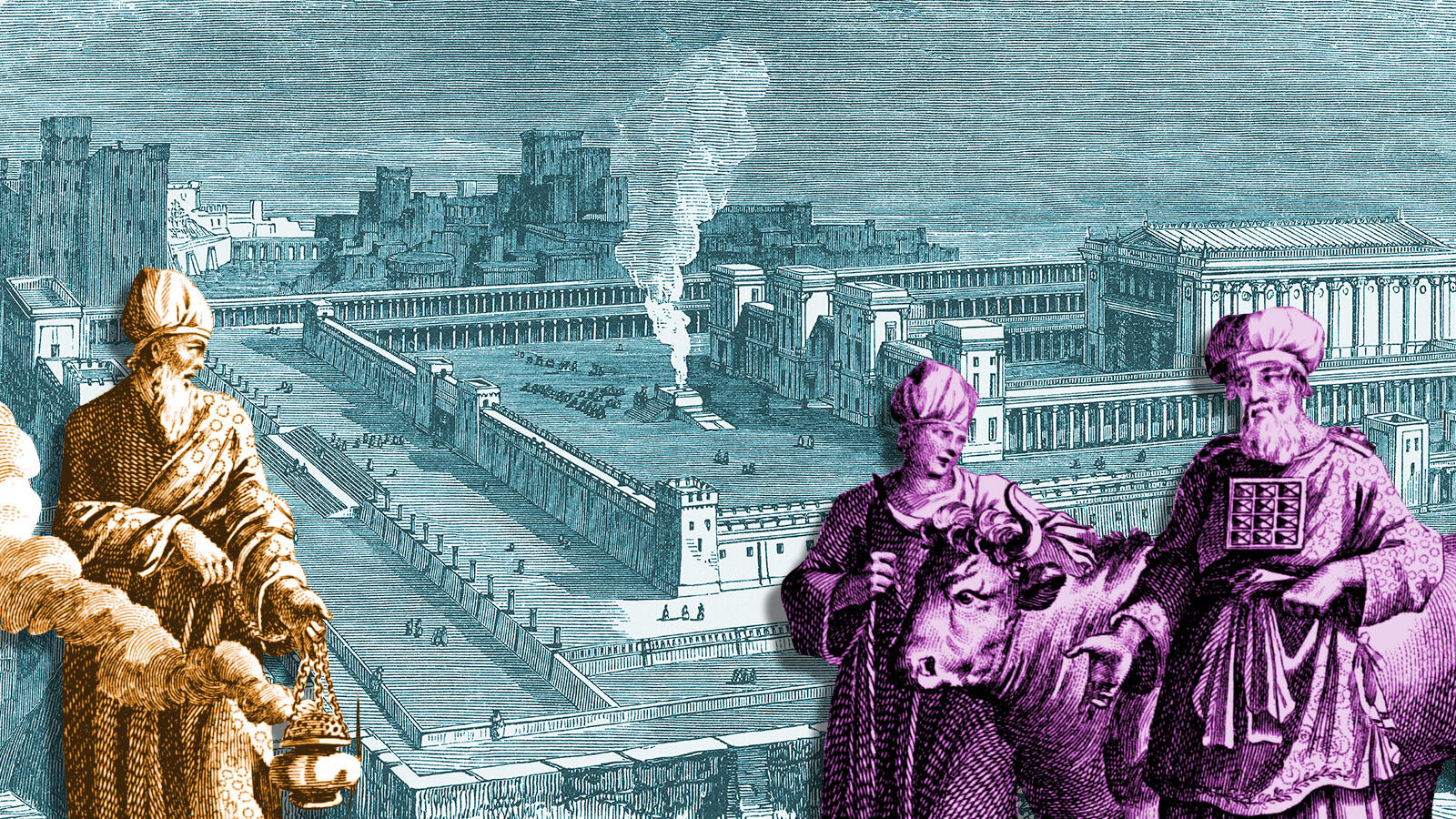- Joined
- May 8, 2017
- Messages
- 2,578
- Reaction score
- 697
- Location
- New York City area
- Gender
- Male
- Political Leaning
- Very Liberal
How did Jews in the holy land worship when they could not get to the Temple?
During the days of the Jews lived in the holy land, both before 586 BCE, and after Cyrus allowed the Jews to return, most shoes did not live within a close radius of Jerusalem. In fact, the most fertile parts of that area where the gallery and the coastal areas, near modern Tel Aviv, and Haifa, as now.
The operative question is how Jews worshiped during other than those rare occasions that they could abandon foreman field or village life, and travel to Jerusalem? Even if they could get transportation, leaving large areas unguarded was flatly impossible. I doubted the Jews worshiped only every three or four years.
I’ve asked just about every Rabbi and Cantor that I’ve had meaningful contact with and nobody has a good answer. Does anyone else?
During the days of the Jews lived in the holy land, both before 586 BCE, and after Cyrus allowed the Jews to return, most shoes did not live within a close radius of Jerusalem. In fact, the most fertile parts of that area where the gallery and the coastal areas, near modern Tel Aviv, and Haifa, as now.
The operative question is how Jews worshiped during other than those rare occasions that they could abandon foreman field or village life, and travel to Jerusalem? Even if they could get transportation, leaving large areas unguarded was flatly impossible. I doubted the Jews worshiped only every three or four years.
I’ve asked just about every Rabbi and Cantor that I’ve had meaningful contact with and nobody has a good answer. Does anyone else?

